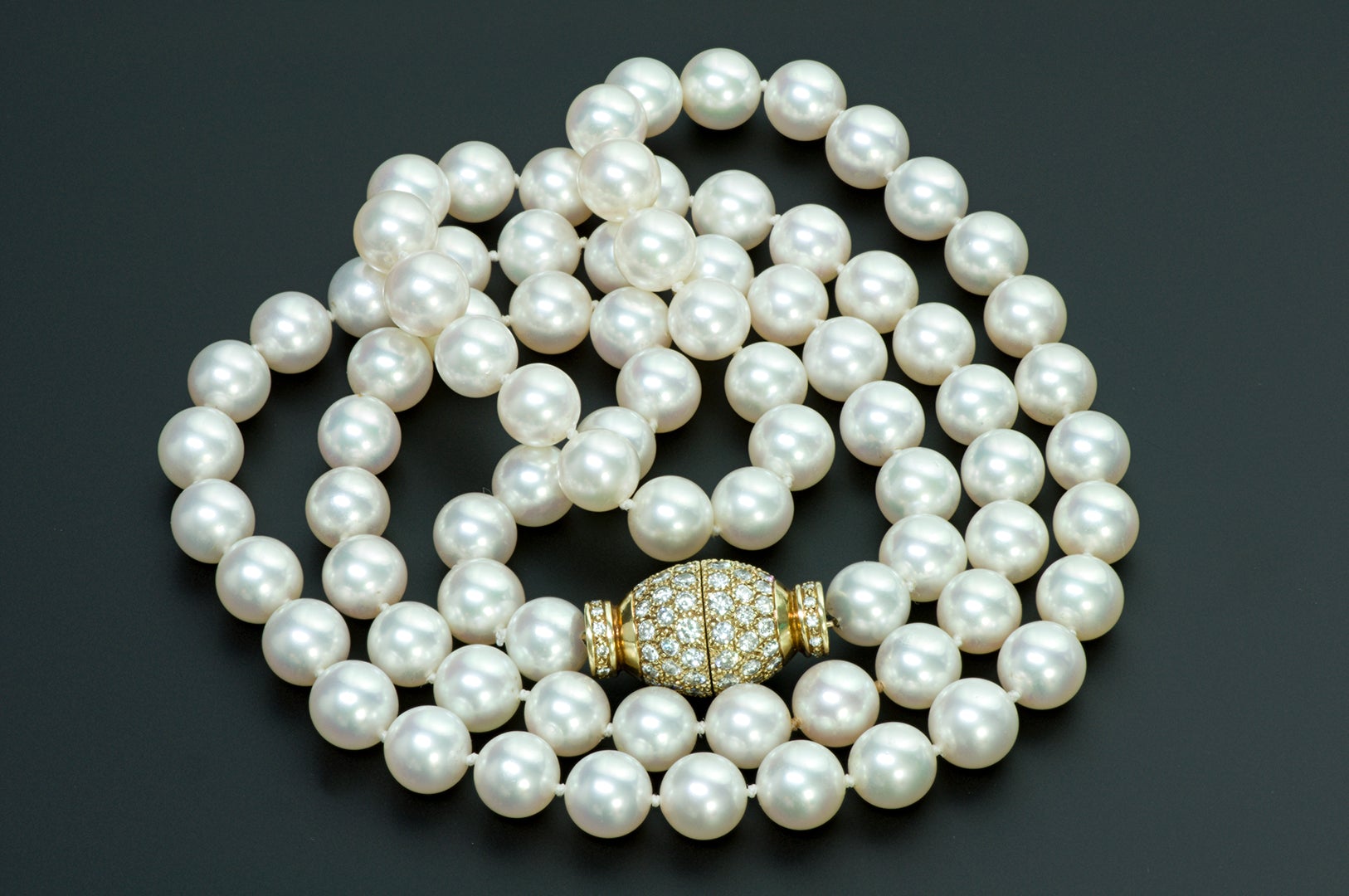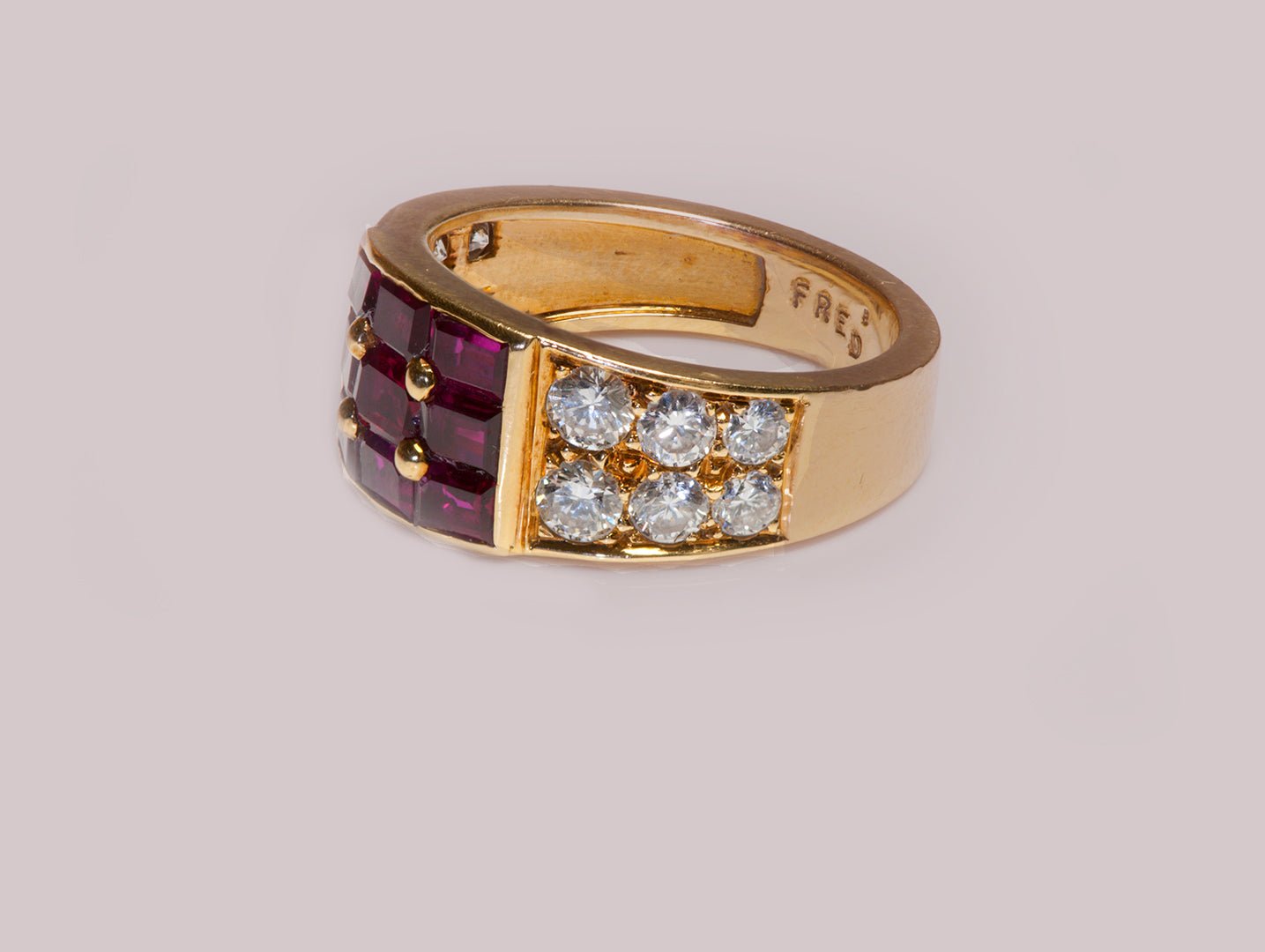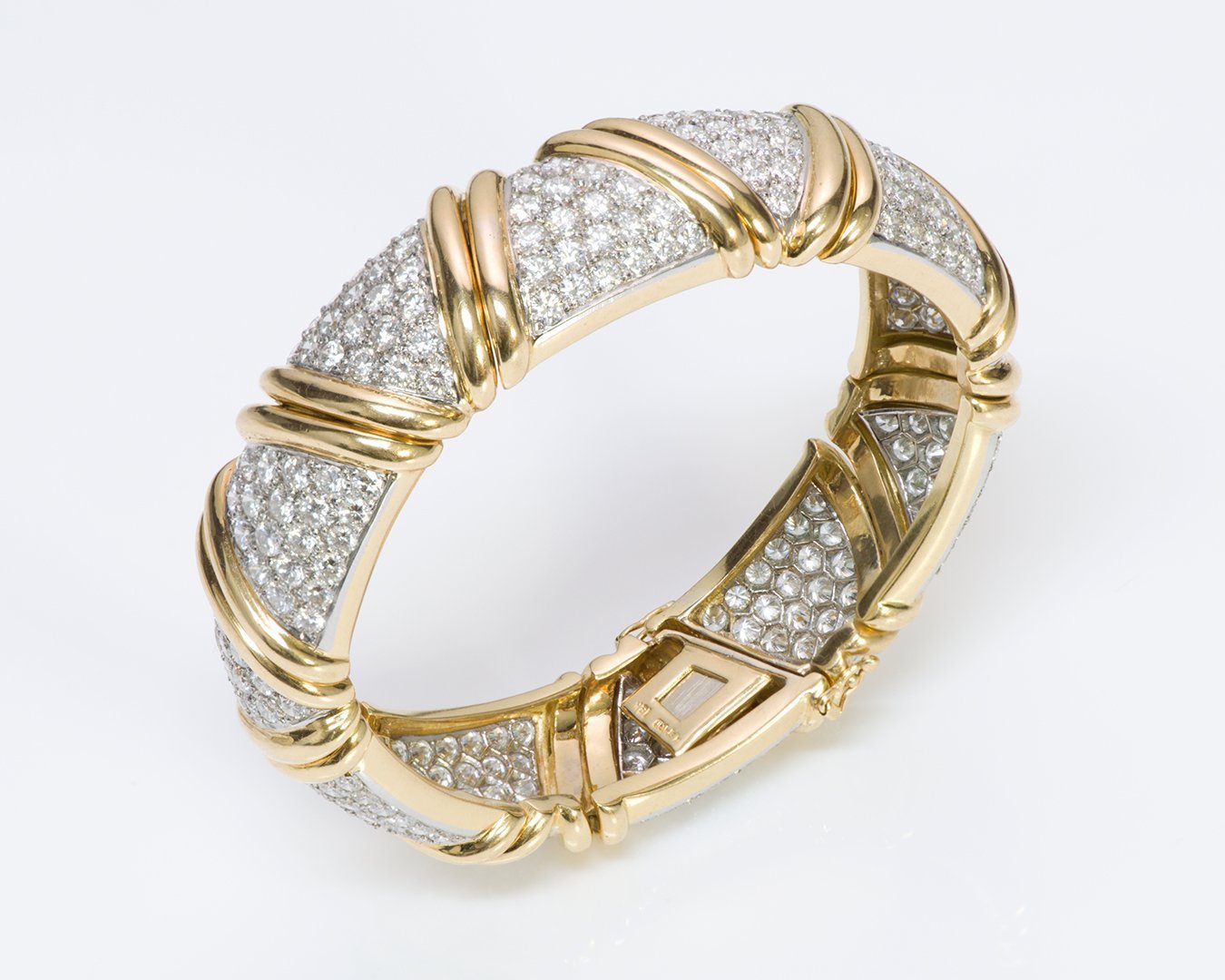
Pearls - Not Only Jewelry But Also Dietary Supplements
Pearls are the only gemstones that come from a living being. Few people know that they are not only jewelry but also dietary supplements.
Genuine natural pearls are hard to find: just one of 10,000 shells has pearls.
But there is also a "cultured pearl" version, the first of its kind created by Kokichi Mikimoto in 1878. At that time, Mikimoto began making all sorts of attempts and methods to create pearls artificially. Only after 20 years of long failed attempts, did he succeed and received a patent for cultured pearls in 1896.
His success had a major effect on the natural pearl industry, as people began to prefer cultured pearls for two reasons: one that they were rounded in shape and the other that they were affordable.
But this did not make natural pearls less famous, but on the contrary.
Genuine natural pearls are hard to find: just one of 10,000 shells has pearls.
But there is also a "cultured pearl" version, the first of its kind created by Kokichi Mikimoto in 1878. At that time, Mikimoto began making all sorts of attempts and methods to create pearls artificially. Only after 20 years of long failed attempts, did he succeed and received a patent for cultured pearls in 1896.
His success had a major effect on the natural pearl industry, as people began to prefer cultured pearls for two reasons: one that they were rounded in shape and the other that they were affordable.
But this did not make natural pearls less famous, but on the contrary.
Pearls - Jewelry And Food Dietary Supplements
In ancient Rome, pearls symbolized wealth and prestige, which is why Julius Caesar passed a law in 1BC forbidding common mortals, i.e. those not belonging to the ruling class, from wearing them.
In Asia, pearls are considered not only precious jewelry but also a valuable food supplement. Mixed with water, yogurt, and honey, pearls have anti-inflammatory and antibacterial properties. In addition, they contain high levels of calcium and other minerals and are often used to give a rejuvenated and refreshed complexion.
Pearl powder is not only eaten in this part of the world but is also used in hospitals in Asia to be sprinkled on wounds of people seeking accelerated healing. What's more, Asians consider it a valuable additive to cosmetics.
In Asia, pearls are considered not only precious jewelry but also a valuable food supplement. Mixed with water, yogurt, and honey, pearls have anti-inflammatory and antibacterial properties. In addition, they contain high levels of calcium and other minerals and are often used to give a rejuvenated and refreshed complexion.
Pearl powder is not only eaten in this part of the world but is also used in hospitals in Asia to be sprinkled on wounds of people seeking accelerated healing. What's more, Asians consider it a valuable additive to cosmetics.
The World's Most Expensive Pearl
The world's most expensive pearl is worth $100 million, is 66cm long and weighs 34kg, and its history is fascinating. It was kept under a bed for 10 years until the entire house of the fisherman who discovered it in the Philippines burned to the ground in 2016.Discovered in 2006 by a fisherman in the Palawan Island area, the pearl was considered by the fisherman to bring good luck, the man not knowing how much it was worth and keeping it until he needed money to rebuild his home destroyed in a fire.
The fisherman handed it over to the authorities, who announced they would need the help of a gemologist to evaluate it.
La Peregrina - "Incomparable" in Spanish
Shaped like a pear, Le Peregrina is a pearl the size of a small egg and is one of the most famous pearls in the world. It dates back 550 years and has belonged to several royal families, even ending up in the hands of Queen Mary of Great Britain and Napoleon Bonaparte.
Elizabeth Taylor later received it as a Valentine's Day gift, after which she asked Cartier to turn it into a necklace highlighted by rubies, diamonds, and other pearls. In 2011, the entire necklace was sold at auction for $11 million.
Elizabeth Taylor later received it as a Valentine's Day gift, after which she asked Cartier to turn it into a necklace highlighted by rubies, diamonds, and other pearls. In 2011, the entire necklace was sold at auction for $11 million.


















